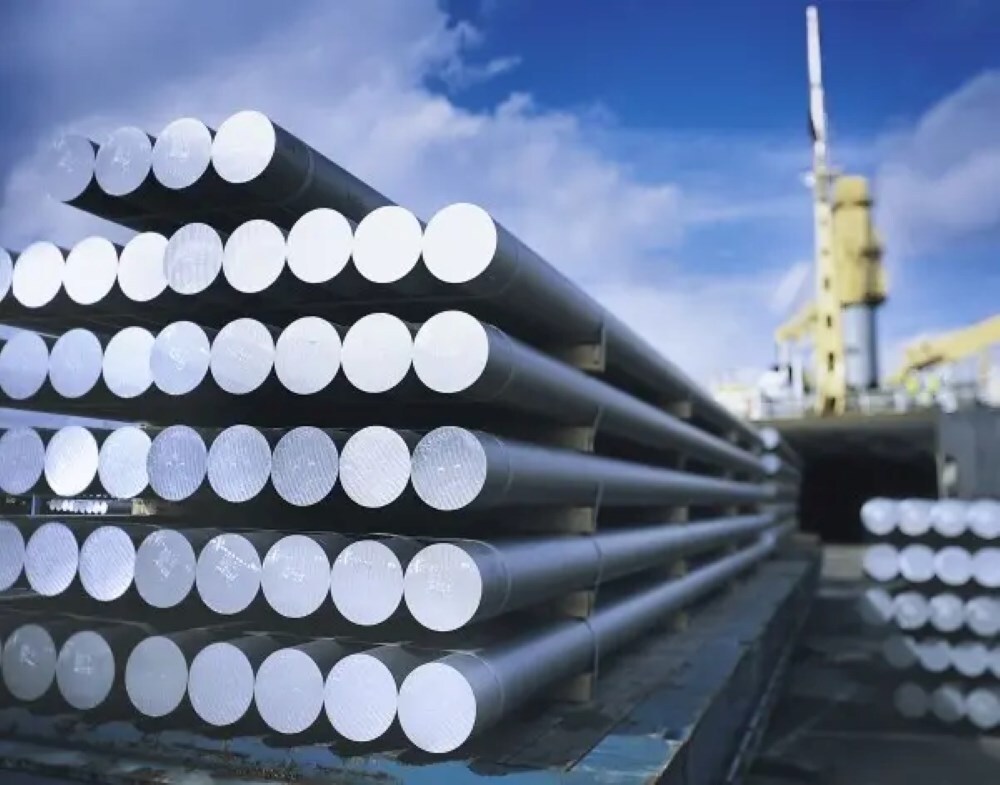

The Aluminium Association of India (AAI) is urging the Department for Promotion of Industry and Internal Trade (DPIIT) and the Ministry of Finance to take swift action to prevent a looming aluminium shortage in the country, reminiscent of the issues seen with critical and rare minerals.

AAI’s appeal
Highlighting the sector's impressive investment potential of over INR 20 lakh crore (USD 240 billion), the association is calling on the government to ensure fair access to the domestic market and to stop India from becoming a dumping ground for global aluminium, especially with the increasing geopolitical tariff and non-tariff barriers.
In its recommendations, AAI has suggested implementing a 15 per cent fundamental customs duty on all aluminium products under Chapter 76 and enforcing strong quality standards that align with international benchmarks to boost industry competitiveness and protect national interests.
The push behind the appeal
As of now, the association is making its case as global market imbalances grow with a significant spike in aluminium imports from countries with excess production capacity, which is putting Indian manufacturers at a disadvantage. Aluminium is recognised as a strategic and essential metal by the US, European Union (EU), NATO and India, playing a crucial role in various sectors like national security, infrastructure, aerospace and the shift towards clean energy.
Moreover, the US has ramped up tariffs on aluminium imports from 10 per cent to a whopping 50 per cent. On the other hand, China has slapped a 25 per cent duty on aluminium scrap coming from the US, along with some pretty strict quality rules that only allow for less than 91 per cent aluminium content. Concurrently, the EU and the UK have rolled out non-tariff measures like the Carbon Border Adjustment Mechanism (CBAM), which has effectively jacked up aluminium import costs by anywhere from 7 per cent to 60 per cent.
Also read: Vedanta looks to Odisha government to accelerate USD 20B aluminium investment
Additionally, in India, a massive investment of INR 1.5 lakh crore (USD 18 billion) has been made to set up a 4.2 million tonnes per annum (MTPA) aluminium production capacity, making it the second largest after China, and creating over 8 lakh jobs in the process. However, the country is still grappling with a rise in low-quality aluminium imports, which are expected to account for 54 per cent of domestic demand by FY26.
Over the last 14 years, aluminium consumption in India has skyrocketed by 160 per cent, while imports have jumped by 250 per cent and aluminium scrap imports have surged by an astonishing 285 per cent. This widening gap underscores the mounting challenges that local producers are facing due to global trade imbalances, posing a serious threat to India's Aatmanirbhar Bharat vision.
AAI recommends
The aluminium association has suggested raising the basic customs duty on all aluminium products listed under Chapter 76 to 15 per cent. This move aims to tackle dumping and unfair trade practices.
Additionally, it is pushing for the adoption of BIS-aligned quality standards for aluminium scrap imports, aligning with the global benchmarks outlined in the Aluminium Vision Document. This is intended to prevent the influx of low-quality and hazardous scrap into India.
Moreover, it is also advocating for a more streamlined duty structure on essential raw materials to boost domestic value addition and enhance industry competitiveness. They also emphasise the need to harmonise regulatory frameworks to support circular economy initiatives and strengthen environmental protections.
Aluminium scrap imports in India
Unregulated imports of aluminium scrap are becoming a growing concern for India's industrial landscape. Without strict quality standards in place, the country has seen an influx of low-grade, contaminated scrap, which is often laced with hazardous materials like lead, mainly coming from the US and EU, where recycling regulations are much tougher. Using this kind of scrap in consumer products, electrical wiring and kitchen utensils brings serious health, safety and environmental risks. It also puts domestic manufacturers at a disadvantage, as they adhere to BIS-certified production standards.
Benefiting the Indian aluminium industry
If these policy measures are put into action, India can kickstart industrial growth, drawing in investments that could top INR 2 lakh crore (USD 24 billion) in the short term and reach as high as INR 20 lakh crore (USD 241 billion) by 2047.
This would ramp up India's domestic aluminium production capacity to 9.2 MTPA by 2030, create over one lakh new jobs, bolster thousands of MSMEs and significantly cut down on the country's reliance on imports.
The association has called on the DPIIT and the Ministry of Finance to make these reforms a priority in the upcoming Union Budget for 2026–27, aiming to protect the aluminium sector and advance the government's Atmanirbhar Bharat vision.
To know forecasts of the global aluminium extrusion industry till 2032, read the report on “The World of Aluminium Extrusions – Industry Forecast to 2032”
Responses








